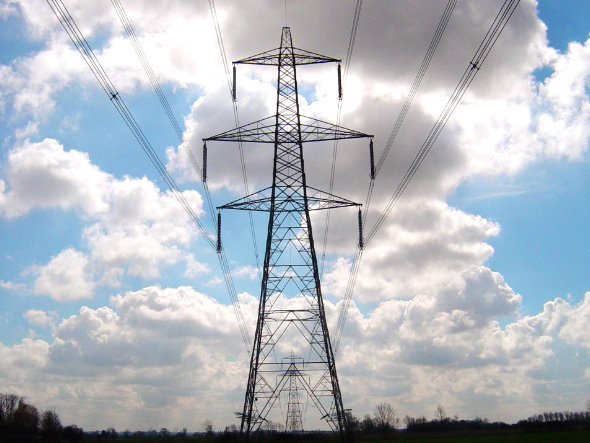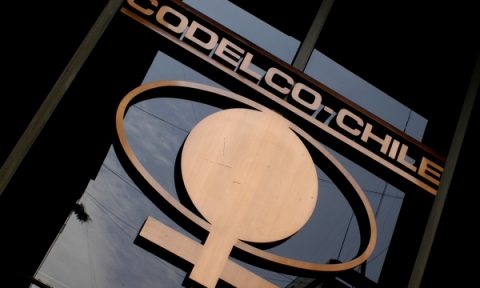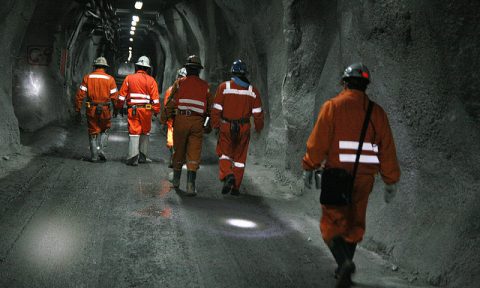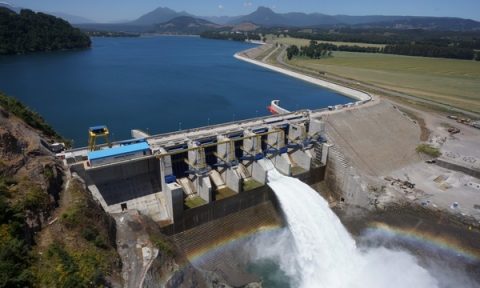Government access contracts between power generators and large consumers

The authority wants to know the details of these agreements, in an effort to improve its monitoring of the market.
Strengthen monitoring and regulation of oil and electricity markets, it is one of the roles of the state that the government wants to strengthen through measures of the Energy Agenda.
To deepen this paper, for the first time since its inception in the late-’70s, the National Energy Commission (CNE) agreed to contracts directly generators keep with customers called free, ie , the largest electricity consumers in the country. –
While this category precedence mining companies, there are also industry (forestry, cement and others). In total, considering the records of agencies that coordinate the operation of the system, there are 102 national clients such.
The authority has the agreements from May 16th, which was the last term period given to the electrical to be sent.
Complex Negotiation
Knowledgeable on the subject explains that the first reaction of power companies, after learning job application via the CNE was negative, since contracts are a strategic material in commercial and financial terms.
Industry insiders say they reveal the price or other terms, such terms or amounts of energy, it would be the most complex point after the request of the CNE, because these data as they are reported to authorities as centers of economic dispatch (CDEC) of the system and the authority also used to construct indicators as the Mean Market Price, which precisely represents the average free customer contracts.
What is really difficult is that in this review exercise would expose other elements of the business relationship between generators and their large customers, as the formulas for transferring risks inherent electrical operation or exposure to marginal cost.
Industry analysts explain that such factors could make clear the greater or lesser incentive for a given generator is the marginal system cost reduction.
This point is vital for the government because one of the main goals of its plan is that at the end of its term this indicator, representing the operation of the less efficient unit of the system at a given time, is reduced by 30% (less than U.S. $ 105.96 per MWh by 2017).
Industry sources commented that the CNE achieved its goal after a negotiation that was not without disagreements and then and then the agency assured the companies the respect of a number of confidentiality and security protocols, that guarantee their reservation clauses.
Although the agreement was reached just hours before the deadline for delivery, then there were some adjustments, since the initial 10-day period that power companies gave the CNE for the review was extended to two months.
Sources in the agency said they maintain in their power 90% of agreements, because some small generators not complied with the request and in other cases customers who opposed their supplier to participate in this unprecedented exercise.
Source: Diario Financiero











